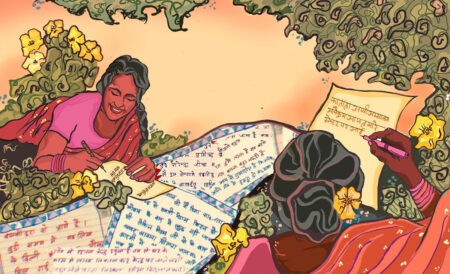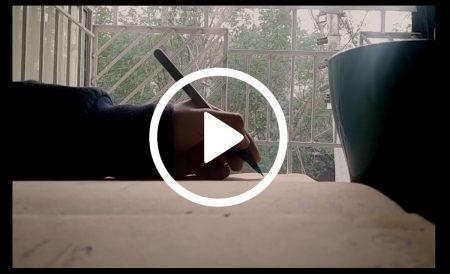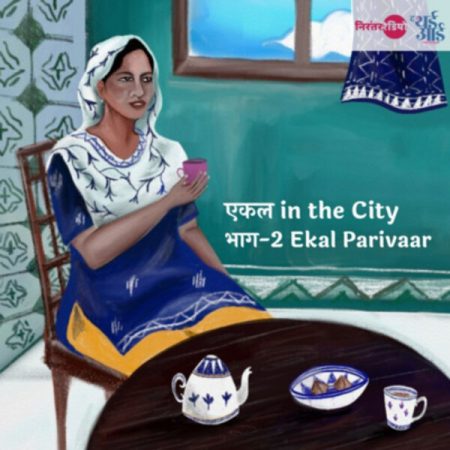“I used to observe her. I was fascinated by her hands. Multitasking is something that she is really proud of. She feels like that it is an art that she has acquired over the years. I don’t know how to make her realize that she is working more than what is required and that she should not be working so much.”

At the end of the lockdown, Shivam makes a wish for her. “I would really like it if she makes her own decisions, no matter how small. Otherwise, she is very independent in all respects. But like, ‘khaane mein kya banana hai’? We keep telling her, why don’t you say what you want to eat? Sometimes, on weekends if she takes a nap, she feels super guilty after – ‘Itna kaam reh gaya’ or ‘aaj toh kaafi so gayi’! Over the years, her routine is structured in a way that she finds a rhythm in it and finds it hard to break away. In many ways, she has internalized the fact that her decisions and choices for herself are secondary and her commitment to the household is primary.”

Why did you not film your father?
“I feel that if I am showing one side of the story, then by default the other side of the story is also getting reflected. Her life is so much more interesting because she is doing so many things. With my dad…I don’t know, what would I have shot? In terms of shots?”
“I captured my mom doing so much work when actually my footage is limited to just 10-12 minutes. I told her that if I film you closely doing all that you do all day, I may run out of footage but your work will not stop.”
Shivam talks about where his film ends.
“I chose to end the film the way I did because that’s my imagination for her -- to relax, sit back and find time for herself.

What did she think of this film?
“When I showed this film to her, she wasn’t amused or amazed, it was just a tiny montage of what her day looks like. Even watching the film was part of her routine, in between TV shows at night.”
(Kaam ya Aaraam Series)





